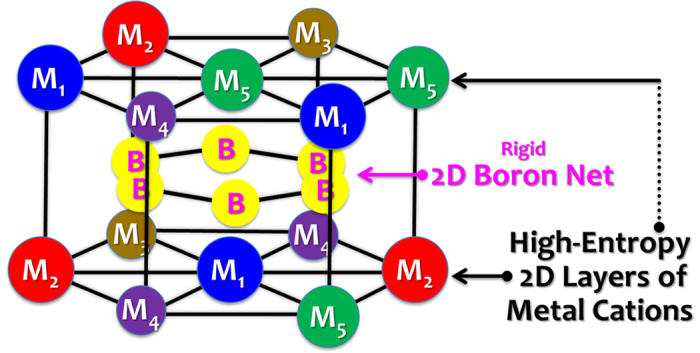Figure 1. Schematic illustration of the atomic structure of the high-entropy metal diborides.

Here, M1, M2, M3, M4, and M5 represent five different transition metals (selected from Zr, Hf, Ti, Ta, Nb, W, and Mo). This new class of high-entropy materials and new type of UHTCs have a unique layered hexagonal crystal structure with alternating rigid 2D boron nets and high-entropy 2D layers of metal cations (as essentially a class of quasi-2D high-entropy materials), with mixed ionic and covalent (M-B) bonds between the metals and boron.
